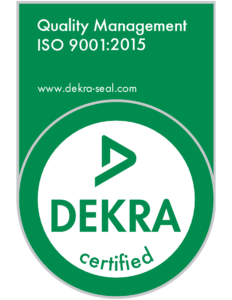Ultrasonic welding is a popular and effective method for sealing electronics enclosures due to several reasons:
- Speed: Ultrasonic welding can be completed quickly, which makes it an ideal method for high-volume manufacturing applications. The process can seal the enclosure in a matter of seconds, which means that more units can be produced in a shorter amount of time.
- Consistency: Ultrasonic welding provides consistent results with each weld, ensuring that the enclosure is sealed uniformly. This consistency is critical for ensuring the enclosure’s long-term reliability and maintaining the integrity of the electronic components inside.
- Strength: Ultrasonic welding creates a strong, permanent bond between the enclosure’s components, making it an ideal method for sealing electronics enclosures. The welded joint is often stronger than the surrounding material, providing a robust and durable seal that can withstand harsh environmental conditions.
- Precision: Ultrasonic welding allows for precise control of the welding process, ensuring that the weld is completed in the exact location required. This precision reduces the risk of damaging the electronic components or the enclosure’s surface, which is particularly important for delicate or complex electronics.
- Cost-effective: Ultrasonic welding is a cost-effective method for sealing electronics enclosures. The process does not require any additional materials, such as adhesives or sealants, which can add significant costs to the manufacturing process.
Overall, ultrasonic welding offers several advantages over other sealing methods, making it the best choice for sealing electronics enclosures. Its speed, consistency, strength, precision, and cost-effectiveness make it a popular choice for manufacturers looking to create reliable and durable electronic devices.

